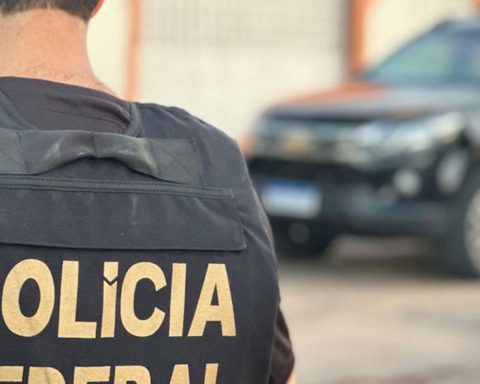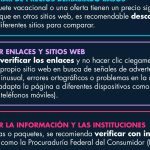The Ministry of Health was the most affected by the 2024 Budget freeze, with R$4.4 billion suspended from the total allocation of R$47 billion. The federal government detailed the spending limits for this year, by agencies and ministries, already with the total suspension of R$ 15 billion, announced last week. The measure aims to comply with the rules of the fiscal framework and preserve the zero deficit target for public spending set for the end of the year.
After Health, the Ministry of Cities had R$2.1 billion frozen, followed by Transport (R$1.5 billion); Education (R$1.3 billion); and Development and Social Assistance, Family and Fight Against Hunger (R$924.1 million).
The agency least affected by the cuts was the office of the Vice President of the Republic, with R$100,000, which has a small total allocation (R$5 million). Only the Ministry of the Environment and Climate Change and the National Water and Sanitation Agency did not have any freezes in this measure.
Decree
President Luiz Inácio Lula Silva’s decree, with details, was published in an extra edition of Official Diary of the Union on Tuesday night (30). The data is also on the Ministry of Planning and Budget (MPO) website.
The ministries and agencies affected have until August 6 to adopt adjustment measures and indicate programs and actions that will have their budget cut. The frozen expenses can be replaced by the agencies at any time, except if they are being used for the purpose of opening credit at the time of the agency’s request.
Of the R$15 billion suspended, R$11.2 billion will be blocked and R$3.8 billion will be contingent.
The division was as follows: R$9.256 billion in discretionary expenses of the Executive, of which R$2.178 billion was contingent and R$7.077 billion was blocked; R$4.5 billion in resources from the Growth Acceleration Program (PAC) (R$1.222 billion contingent and R$3.277 billion blocked); R$1.095 billion in committee amendments (R$278.9 million contingent and R$816.4 million blocked); R$153.6 million in bench amendments, all of which were contingent.
Amendments are resources indicated by parliamentarians for specific actions and programs in each ministry. In the case of bench amendments, there will also be an adjustment for equal division between benches. Individual amendments were not affected by the contingency.
Blocking and contingency
The freeze was necessary to comply with the new fiscal framework. The rules approved last year establish that government spending can grow up to 70% (in values above inflation) of the above-inflation growth in revenues in the previous year. The fiscal framework also sets a target of zero primary balance, with a tolerance margin of 0.25 percentage points of the Gross Domestic Product (GDP, the sum of wealth produced in the country).
Both the contingency and the freeze represent temporary spending cuts. The new fiscal framework, however, has established different motivations.
The freeze occurs when government spending grows more than the limit of 70% of revenue growth above inflation. The contingency is adopted when there is a lack of revenue that compromises compliance with the primary result target (result of government accounts without interest on public debt).
In the case of the blockade, the fiscal framework establishes a spending limit of up to R$2.105 trillion this year. Primary expenses, however, were estimated at R$2.116 billion due to the increase in spending on the Continuous Benefit Payment (BPC), with an increase of R$6.4 billion and an additional R$4.9 billion on Social Security, due to benefits above the expected level. To prevent the spending cap from being exceeded, the economic team blocked R$11.2 billion.
Due to the R$13.2 billion drop in net revenue and the R$20.7 billion increase in the total spending forecast, the government set aside R$3.8 billion, a measure necessary to reach the lower limit of the fiscal target, which foresees a primary deficit of R$28.8 billion. Without using the 0.25% of GDP margin of the tolerance band, the government would have had to set aside R$32.6 billion.
The containments may be reviewed throughout the implementation. The blockage may be reviewed or reduced in the event of a downward revision of the projection of mandatory expenses. The contingency may also be reviewed in the event of an improvement in the estimate of the primary result for the year, both on the revenue and expenditure side, or a combination of the two.
















